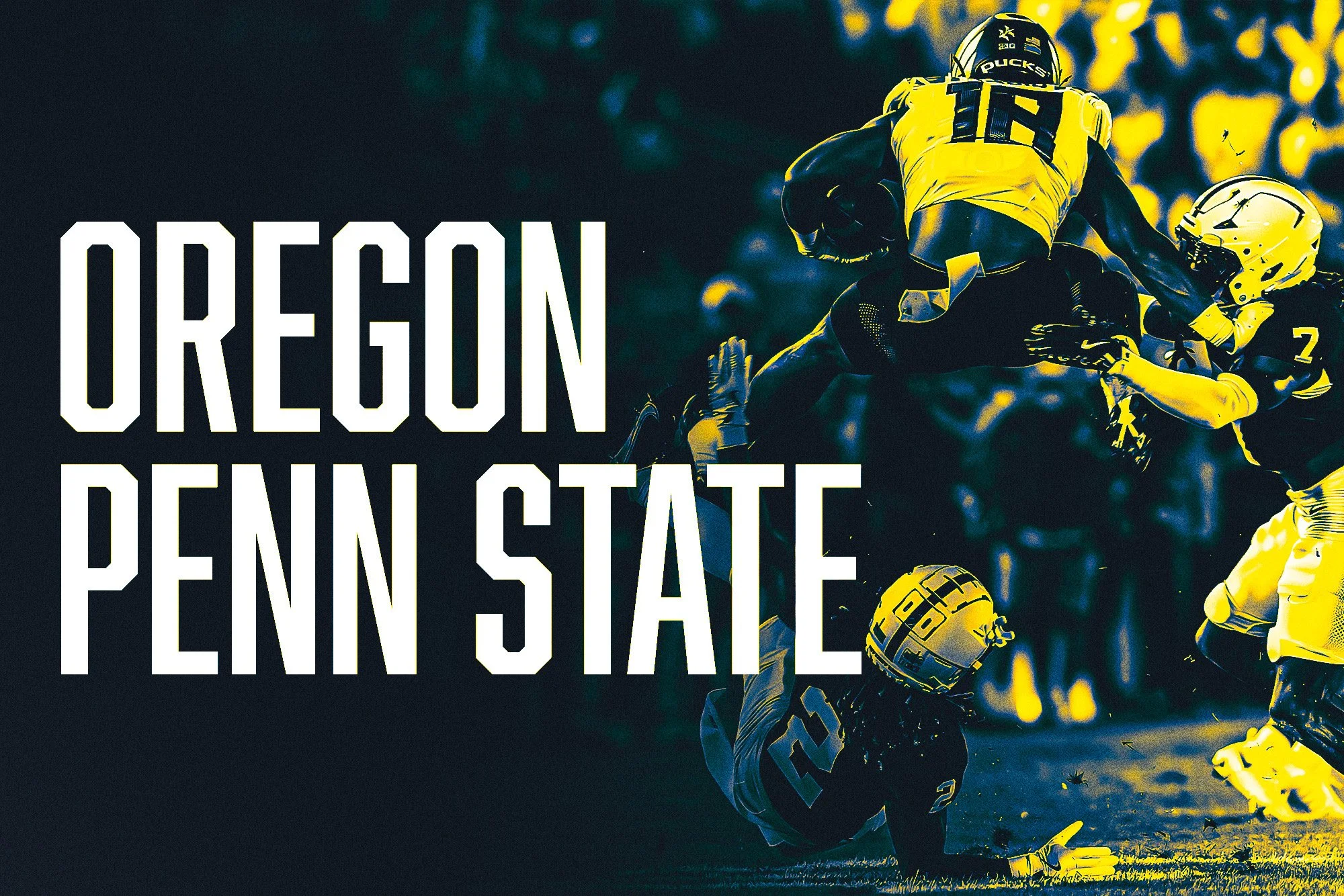GET IN QUICK, THE PORTAL’S SHRINKING
Matti Tenney - September 30, 2025
The transfer portal has become the lifeblood of roster building in college football. But recent changes from the NCAA threaten to strip away a crucial lifeline for many players and smaller programs: the spring window. While consolidation sounds tidy, it's not the right move. Two windows, one in January and one in April, is the better balance between roster stability and opportunity.
Earlier this year, the NCAA’s Division I Administrative Committee voted to eliminate the spring transfer window for football, moving to just one window in the winter. Under the new proposal, the portal would open January 2–11, and would be the only time players can enter and be immediately eligible at another school.
That window hasn’t been solidified yet, and the NCAA has noted that it’s going to be asking the student-athletes for insight before finalizing any dates. Another shake up was that graduate transfers will lose their early entry privilege and have to be in the same window as undergraduates. The vote was brought in light of many FBS coaches advocating for the change, arguing the move corrects “logistical chaos”.
In recent years, December’s portal, coaching changes, NIL negotiations, bowl practices, and other timelines all collided. It also became difficult for coaches that now had to create two different rosters in one year. But while the change may simplify things for coaches and elite programs, it introduces new risks, and restrictions, for players and mid-tier schools.
As I mentioned, the lead argument for a single window is roster stability. Coaches get clarity earlier, teams can build chemistry in spring, and there’s less mid-year roster upheaval. Those benefits tend to cater to programs with resources, recruiting reach, and brand power.
By contrast, many mid and lower-tier programs have recently relied on spring transfers to fill gaps. When spring camp ends and a player realizes he’s buried on the depth chart, the spring portal gives him a chance to land somewhere else. Removing that second window limits that flexibility. So the new system doesn’t just shrink mobility, it disproportionately hurts the players without guaranteed roles or big-name leverage.
Another reason I am hesitant on a single window is that college football is not concrete or predictable. That’s why we love it! Players grow, injuries happen, coaches make hard cuts, and depth charts flip. A one-and-done January window cannot anticipate every anomaly.
Spring movement gives both players and coaches a safety valve for the unfortunate and a crystal ball into untapped potential. Without it, talent gets wasted and teams lose the chance to course-correct.
College football is professional football now. Whether you like it or not, the differences between CFB and the NFL are shrinking as we speak, and soon that could come to include things like player’s unions. In 2024, a Third Circuit Court ruled that student-athletes could not be disallowed from being considered university employees under the Fair Labor Standards Act.
While not outright ruling that they HAD to be employees, it kept the window open for student-athletes advocating for better protection in the infancy of NIL profiting. Enacting just one portal window could bring on even more litigation from players that the NCAA would rather avoid, like we saw with the Diego Pavia situation.
I think that there is a solution to this all, with compromises from both sides. A better “Two-Window” Compromise would be: a primary window in January, which still locks down most major movement, a shorter secondary portal in April (maybe 7–10 days) exclusively for players who weren’t projected starters after spring camp or cut from their teams, limits on how many players a program can take in the spring window, to avoid roster-hunting, clear rules around graduate transfers, credit portability, and eligibility so that graduating in spring doesn’t penalize mobility, and finally maintaining the emergency 30-day transfer period if there is a head coaching change. In my opinion, that structure gives players a chance to reset, allows smaller programs to respond, but doesn’t open the floodgates of madness.
In the end, a single-window system may simplify logistics and offer predictability, but it swings too heavily in favor of established, resource-rich programs. It stifles the options that smaller schools and marginalized players have come to depend on. College football thrives on the unpredictability of rosters, the underdog story, the player who finally finds his place late. Cutting off spring mobility doesn’t protect the sport, it constricts it. Goliath shouldn’t need help defeating David.
YOU MIGHT ALSO LIKE





New evidence shows Kyren Lacy was not responsible for the fatal crash that led to charges against him. His case highlights serious flaws in the investigation and raises questions about why the truth was not revealed sooner.